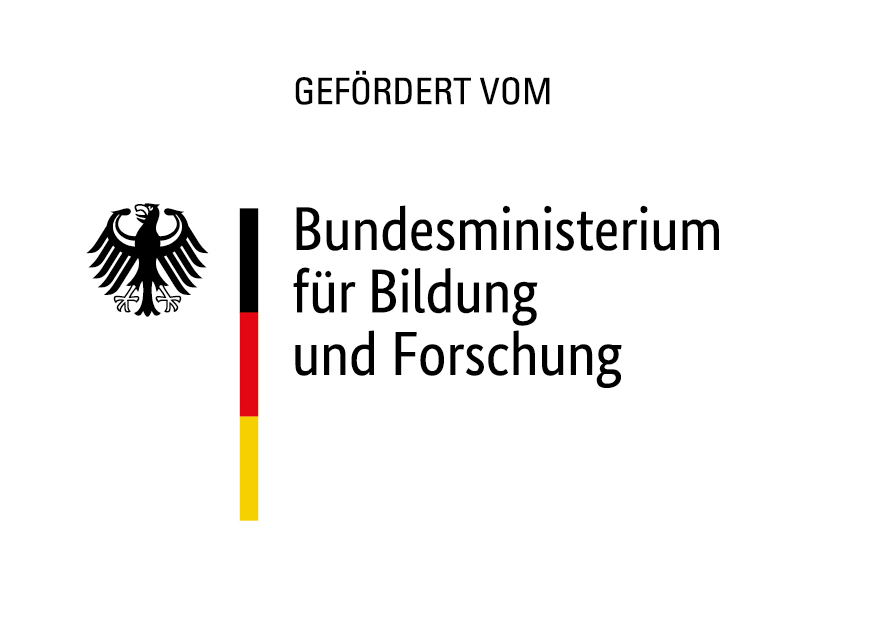Zusammenfassung
Are we running out of privacy? Nowadays, for example, we are concerned about whether the maintenance of a private sphere in online environments has become a luxury commodity (Papacharissi 2009). Questions of this kind are justified as online communication plays an increasingly important role in people’s everyday life (cf., e.g., Lundby 2009). While it seems exaggerated to stigmatize today’s youth as “communication junkies” (Patalong 2010), online conversations are increasingly becoming a functional equivalent to face to face communication (Beer 2008). However, some significant differences between online and “offline” communication remain. Face to face communication may remain largely intimate in some situations. It does not necessarily require the disclosure of personal data nor does it leave behind traces (Dwyer et al. 2007; Tufekci 2008). In contrast, online communication is usually mediated by providers with commercial interests. These providers do not confine themselves to gathering personal data and the content of user communications, rather they try to make conversations as public as possible by default (Gross and Acquisti 2005; Acquisti and Gross 2006). Additionally, the speed of technological progress often exceeds the time Internet users need to cultivate awareness for potential risks resulting from the use of these communication measures (Livingstone 2008). Thus, questions about how users manage their privacy online are topical for a majority of social services of the Social Web.https://doi.org/10.1007/978-3-642-21521-6_13



